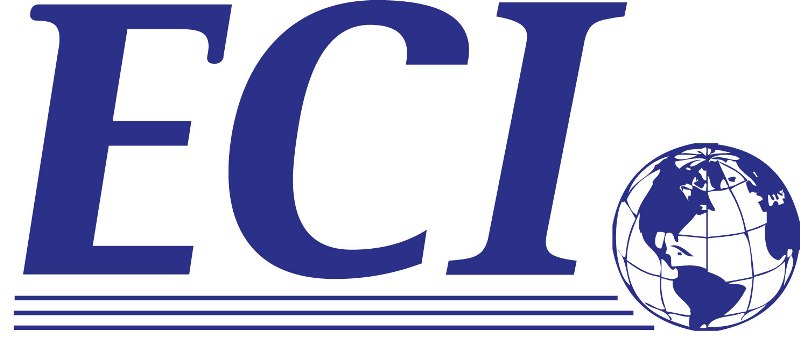
Electrophoretric Deposition VII: Fundamentals and Applications
ED VII
Categories
- Mechanical Engineering
- Aerospace Engineering
- Engineering
- Space Engineering
- Electrical Engineering
- Chemical Engineering
- Civil Engineering
- Systems Engineering
- Automotive Engineering
- Industrial Engineering
- Mechanics
- Robotics
- Materials, Structures, Manufacturing
- Experiments-Measurements
- Numerical Engineering
- Transportation Engineering
- Coastal Engineering
- Hydro Engineering
- Sport Engineering
- Metallurgical Engineering
- Waste engineering
- Fuel Technology
- Tribotechnology
- Mining Engineering
- Energy Engineering
- Environment
- Nanotechnology
- Engines
- Atmospheric sciences
- Bio Engineering
- Safety and Security
- Marine
- Mechatronics
Date of beginning
Sunday, 08 November 2020Duration
5 daysDeadline for abstracts
Friday, 30 October 2020City
Santa Fe, New MexicoCountry
USAContact
Noel Parsons JrMemo
This conference follows from the success of the first six International Conferences on Electrophoretic Deposition: Fundamentals and Applications, organized under sponsorship of the UEF in August 2002 (Canada) and ECI in June 2005 (Italy), October 2008 (Japan), October 2011 (Mexico), October 2014 (Austria) and October 2017 (Korea). The goal is to bring together experts working in the area of electrophoretic deposition (EPD) with focus mainly on its application as a processing technique for the fabrication of both traditional and new materials and composites. Electrophoretic deposition exploits an electric surface charge on particles in suspension, which migrate in the presence of an appropriate electric field enabling the consolidation of particles into films onto any shaped substrate or forming bulk ceramic components. For its successful application, a basic understanding of the colloidal stability, the deposition kinetics, and the constrained drying and sintering issues of the deposit is necessary. The conference will cover fundamentals and applications of electrophoretically deposited thick and thin films in several areas such as protective coatings, biomedicine, manufacturing of electro/photoactive, electro-mechanic, sensors and optical devices. Topics will include the fabrication of tailored coatings, films and multilayer structures with new functionalities in: Transportation and Communication Energy Conversion and Storage, Healthcare and Clean Technologies Contributions that address the in-situ characterization of particle surface modification in liquid media, rheology, deposition ordering and kinetics will be considered, and papers, which discuss mechanistic aspects of co-deposition, will be particularly welcome. In addition, new areas of applications of EPD are the low-cost fabrication of composite materials, including fiber-reinforced ceramics, nanocomposites, composite laminates and functional gradient materials. Moreover, progress has been reported on the development of EPD as an additive manufacturing technique because it allows processing of customized products with a precise placement of materials in three dimensions, in a layer-by-layer fabrication computer assisted system. EPD is also being considered as an important tool in the area of nanotechnology as it enables the production of miniaturized components of industrial shapes and dimensions from nanoscale elements such as nanoparticles, nanotubes or nanorods. In addition, EPD is also an important processing tool for innovative graphene-based devices. There is also increasing interest in the use of EPD in the field of biomaterials, EPD offers also the possibility to deposit biological entities, including bacteria and cells. Participants will report on ongoing work in several laboratories world-wide, which is focused on establishing the scientific and engineering fundamental aspects of the EPD process and its applications. Although the basics of EPD are well known and have been the subject of extensive research, there is still need for a deep, quantitative understanding of the fundamental mechanisms of EPD, in particular when 2- or 3-component suspensions are used with the aim to fabricate complex microstructures. Moreover, predictive models describing the EPD solid particle deposition rate in dependence of EPD parameters are scarce. On the application side, it is expected that delegates from industry will focus on concrete applications of EPD, particularly on those areas of materials processing where EPD is being used with commercial success. The organizers believe that the full potential of the EPD technique for materials processing, including the fabrication of novel composite materials with complex microstructures, has not been fully exploited yet. This has been confirmed by participants at the first six conferences, including industrial participants. This is the main motivation for the organization of this seventh international event. The purpose is to maintain a continuing international conference series (with conferences organized every three years), which is the only international conference activity dealing specifically with EPD. The seventh conference will constitute a unique, timely forum for the discussion of EPD relevant issues among experts active in research and development in this area. It is expected that the success of the first six conferences and the publicity generated by the publication of the conference proceedings and related journal special issues will lead to a larger number of participants to the seventh conference. We also plan to engage industrial participants by organizing a special focus session on industrial applications of EPD. Session topics The program of the conference will follow a similar format to those of the previous five conferences held in this series. Although some modifications may become necessary, the typical program will include sessions on: Modelling and Fundamentals (theory) of EPD Novel experimental setups for EPD Substrate surface treatments and coatings by EPD Traditional applications of EPD with ceramics, metals and polymers Colloidal chemistry knowledge in EPD Microstructure design tools applied to EPD EPD integrated manufacturing technologies (session focusing on industrial applications) EPD as nanotechnology EPD in additive manufacturing EPD for corrosion or oxidation protective coatings EPD in biofunctionalization of surfaces EPD for biomaterials and electrobiofabrication EPD in energy storage and generation devices EPD in MEMS and sensors EPD in optoeletronic and magnetic devices

